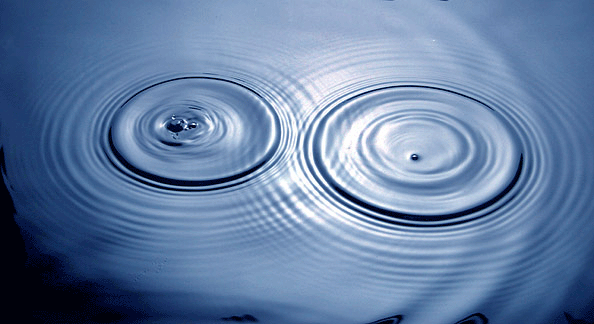introduction
implementation
The key systems that make up this project are the sensors, the topology database, the agent simulation, the animation engine, and the display.
|
The sensors take in data from the cafe. Depending on how we wish to interact with other projects, the layout of the cafe, and the amount of space allocated to this project, there are a number of options for these:
|
||
|
The topology database keeps track of where there is and has been presence and activity. The area of the cafe is divided into small sectors and each sector keeps track of both current state and historical events (motion in sector, length of presence, heat and cold, etc.) |
||
| The agent simulator controls the behavior of a population of mobile agents. The simulation consists of a large number of simple agents with simple behaviors that are affected by their immediate environment and each other. Their environment is defined by the topology database. Some primarily respond to specific events in the environment, others have a simple behavior that is affected by it. For instance, one type of agent might be drawn to the location of current movement, if it can "sense" it from its current location. Upon sensing movement, such agents may become more energized and move toward the sensed movement. Other agents may be programmed to flee from the first type of agent. Thus, the motion of a person walking through the cafe will cause activity among the agents in the relevant and neighboring areas of the visualization. Longer term actions, such as the toal amount of tie a chair has been occupied, etc. also affect the agents, by making certain spaces more or less attractive to them or by changing how they can move across them. The agents are dynamic - they are in constant motion. When there is no current activity in the cafe, they are still moving about, though their motion is then random. | ||
|
The animation engine depicts the movement of these agents. Unlike typical renderings of simulations, however, the depiction of these agents is very painterly - they are colored shapes that swirl, that grow and shrink, and that move gracefully and expressively across the screen. |
||
|
The display is a projector and screen. |
||
